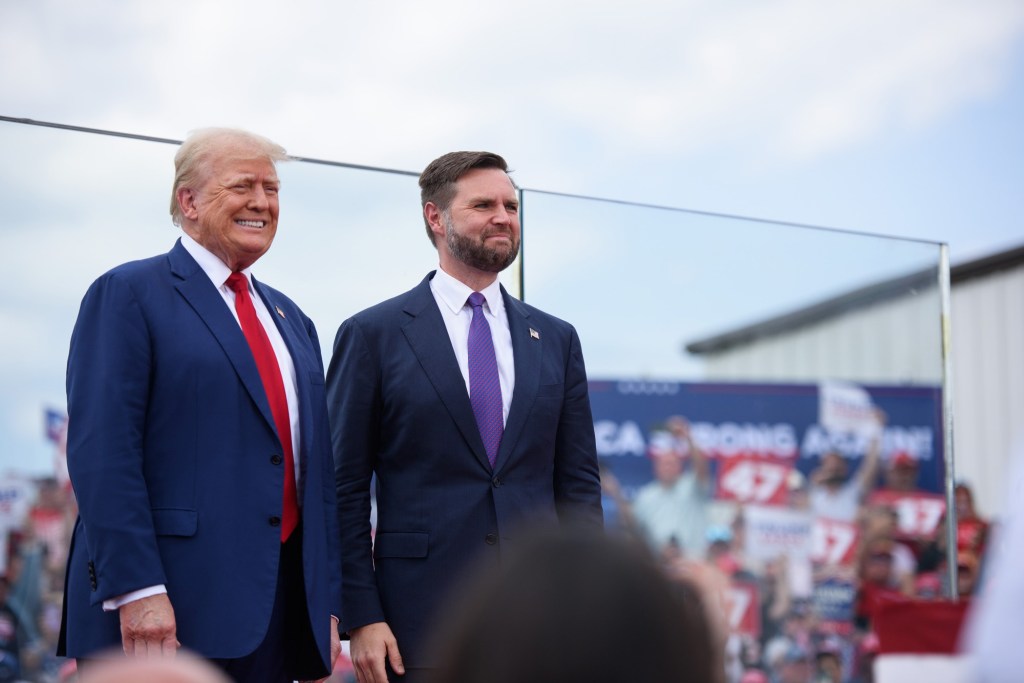Erik Wasson and Enda Curran | (TNS) Bloomberg News
WASHINGTON — Republican nominee Donald Trump and running mate JD Vance are campaigning on a grab bag of tax cut proposals that could collectively cost as much as $10.5 trillion over a decade, a massive sum that would exceed the combined budgets of every domestic federal agency.
Even if Congress were to eliminate every dollar of nondefense discretionary spending — projected to be $9.8 trillion over the next 10 years — it still wouldn’t offset the estimated expense of the wide-ranging tax cuts Trump and Vance have floated in recent weeks.
The price tag is based on rough, initial estimates from tax and budget specialists because the Trump campaign hasn’t released detailed policy plans for its tax promises.
The Trump campaign said in a statement the former president will cut wasteful spending and increase energy production to pay for the tax cuts and lower the national debt. The campaign didn’t offer more detail.
Though Democrat Kamala Harris also has proposed a few large tax cuts — she would exempt tips from taxation and expand the child tax credit — the impact on the nation’s finances pales in comparison. She calls for offsetting the lost income, which one think tank estimates at roughly $2 trillion, with tax increases on corporations and wealthy individuals.
Harris is continuing to roll out policy ideas piecemeal, which could add to that total. On Tuesday, she called for an expanded deduction for start-up businesses and her campaign has signaled that more policy plans could be released in the coming weeks. On Wednesday, she proposed increasing the capital gains tax rate to 28% from 20%, which would raise federal revenue.
The sheer magnitude of the Trump campaign’s tax promises make it highly unlikely they all would pass even in a Congress controlled by Trump allies. The Republican ticket’s tax proposals include extending Trump’s 2017 tax cuts, a big expansion to the child tax credit and…
Read the full article here







